Moth Classification
Moths are divided into many families that have different morphological characteristics. The following include the majority of moth species: (Smithsonian, n.d.)
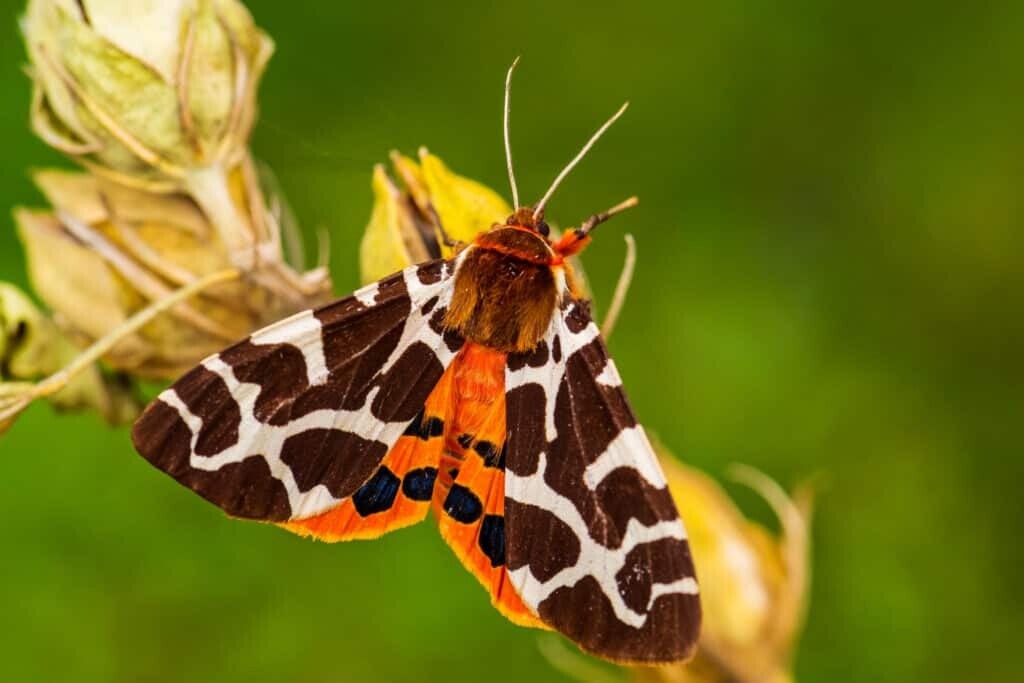
Arctiidae
There are approximately 10,000 species of this family in the world, and they are commonly called Tiger Moths. Many species in this group display bright colors of red and yellow.
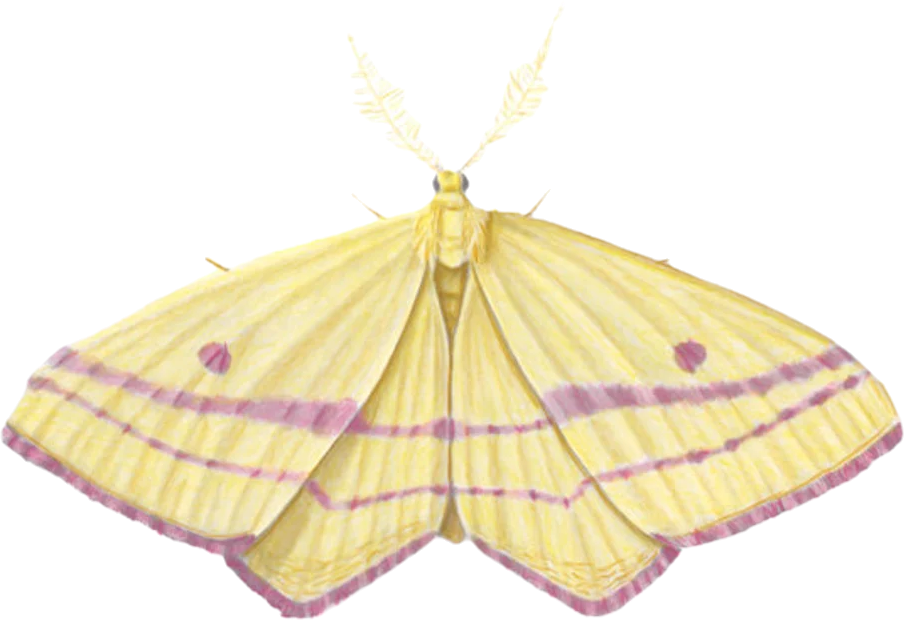
Geometridae
With some 15,000 described species, this family is the second largest of moths in the world. Larvae are usually called “inchworms” because of their walking patterns.
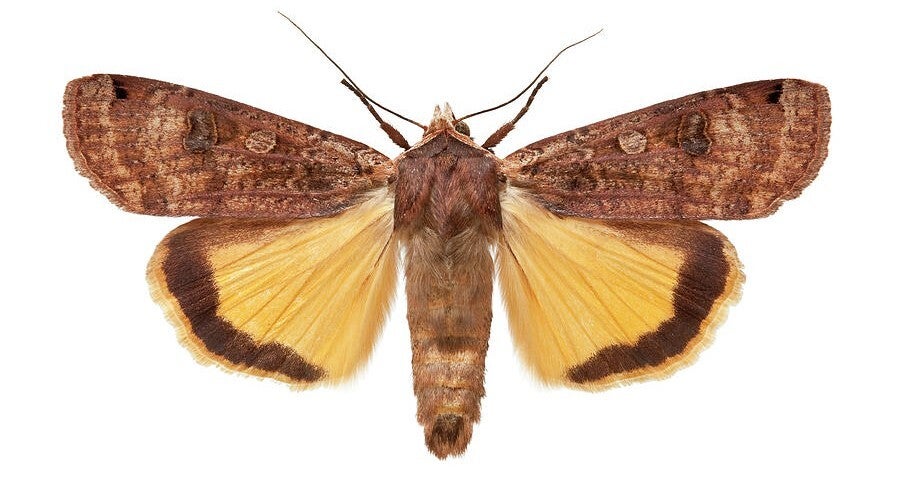
Noctuidae
This family is by far the largest in moths, with some 25,000 known species in the world. cutworms, fruit worms, and underwing moths occur in this family.
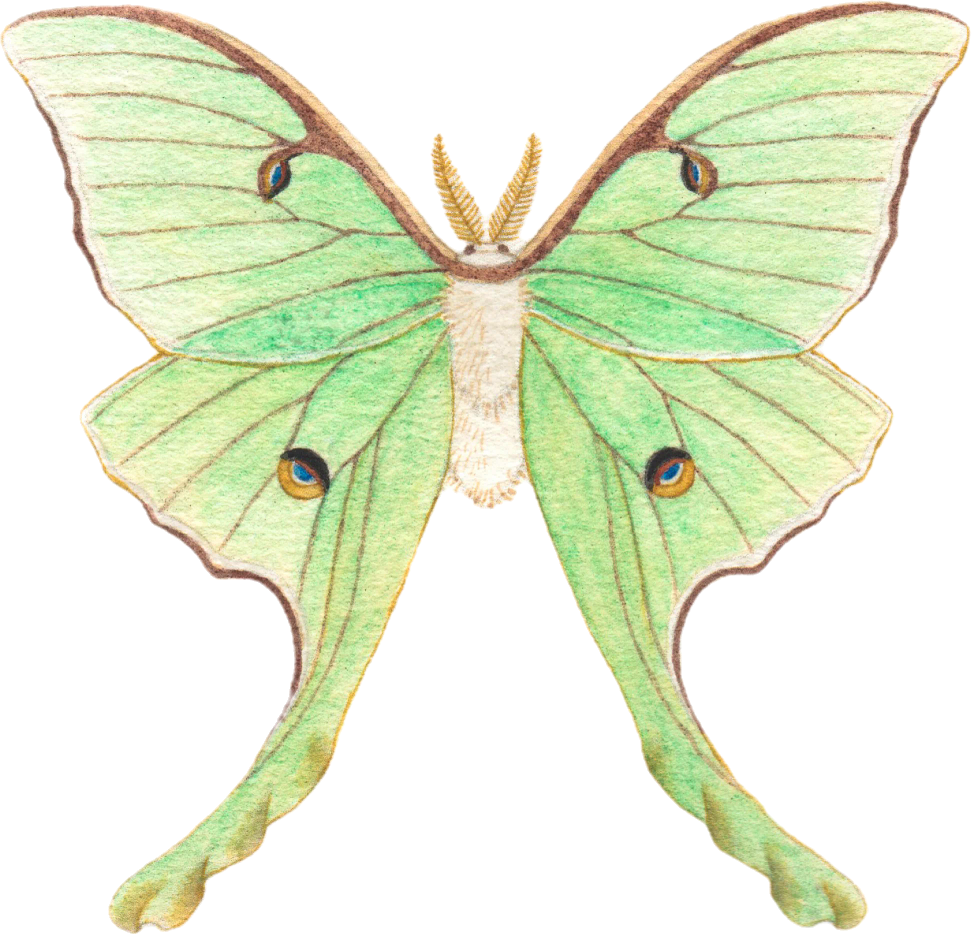
Saturniidae
This family includes the largest of moths and incorporates some 1,000 worldwide species. The Luna moth of the Eastern United States is a good example of this family.
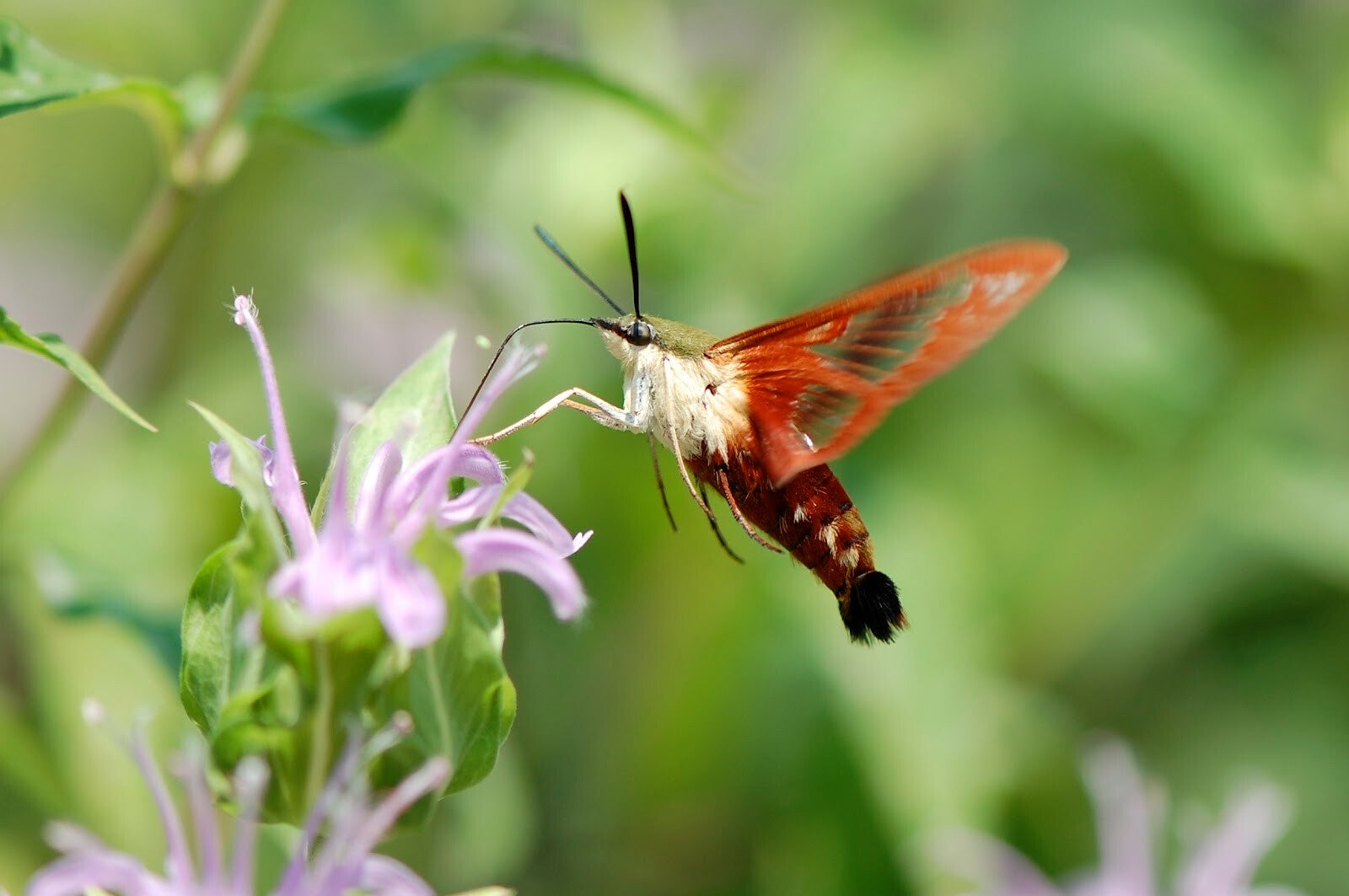
Sphingidae
Members of this family have a streamlined wings and robust bodies. They are generally large, and the family contains about 1,000 species
Microlepidoptera
Is the wide variety of very small moths. The group contains many thousands of tiny species, some with bright colors and appearances. Some of these species are pest species, such as the Clothes moth and Codling Moth.

